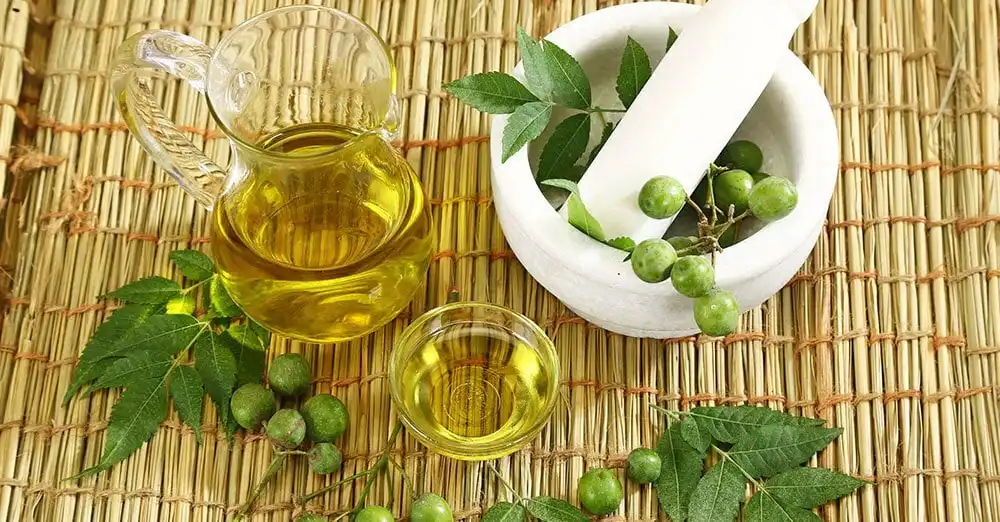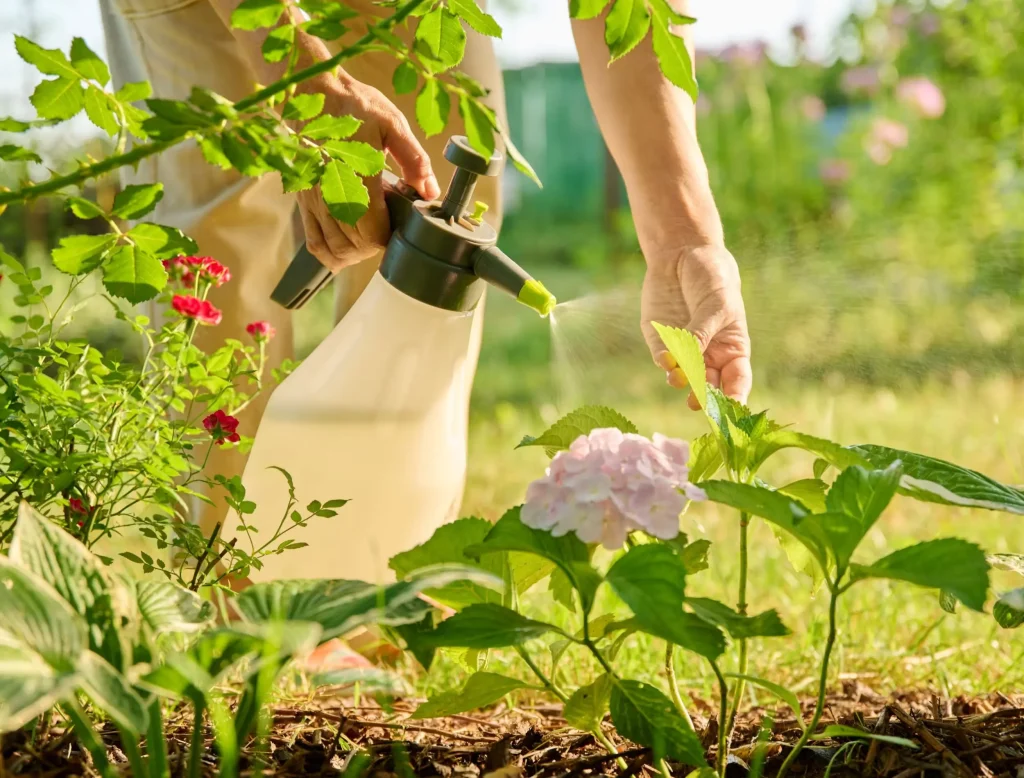Keeping your garden free from harmful insects doesn’t have to involve harsh chemicals or expensive store-bought sprays. In fact, some of the most effective pest-control solutions can be made right at home using ingredients from your kitchen, garden, and pantry. A DIY organic insect repellent for plants offers a safe, eco-friendly approach to plant protection, all while supporting the health of your soil, beneficial insects, pets, and family.
In this detailed guide, we’ll explore why organic repellents matter, how they work, and how you can create several highly effective recipes. You’ll also learn application methods, safety tips, and troubleshooting solutions to ensure your plants remain healthy and pest-free.

Why Choose DIY Organic Insect Repellent?
Before diving into recipes, it’s important to understand the value of organic pest control. Unlike chemical pesticides, organic repellents:
Protect pollinators
Bees, butterflies, and ladybugs play essential roles in pollination and natural pest control. Organic sprays are less harmful to these beneficial species.
Avoid chemical buildup in soil
Chemical pesticides can accumulate in soil over time, harming microorganisms and affecting long-term fertility. Organic sprays break down quickly.
Are safe for pets and children
If you grow food crops, using natural repellents ensures no toxic residue remains on fruits, vegetables, or herbs.
Are cost-effective
Most recipes use everyday items like garlic, chili, neem oil, or soap—making them budget-friendly.
Can be customized
You can easily adjust strength, ingredients, and application frequency based on your plant type and insect problem.
Top 6 DIY Organic Insect Repellent Recipes
Below are tried-and-tested formulas suitable for vegetables, flowers, herbs, and indoor plants.
1. Garlic–Mint Natural Insect Repellent

Ingredients
- 10–12 garlic cloves
- 1 handful fresh mint leaves
- 1 teaspoon mild liquid soap
- 1 liter water
Instructions
- Blend garlic and mint with half a liter of water.
- Strain the mixture into a spray bottle.
- Add soap and the remaining water.
- Shake well before each use.
Best for: aphids, beetles, caterpillars, and leaf-eating insects.
2. Neem Oil All-Purpose Organic Spray

Ingredients
- 1 tablespoon cold-pressed neem oil
- 1 teaspoon liquid soap
- 1 liter warm water
Instructions
- Mix neem oil and soap until well combined.
- Add to warm water and stir thoroughly.
- Spray every 7–10 days on leaves (top + underside).
Best for: mealybugs, whiteflies, spider mites, thrips.
3. Chili–Garlic Hot Pepper Spray

Ingredients
- 3–4 hot chilies
- 6 garlic cloves
- 1 liter water
- 1 teaspoon soap
Instructions
- Blend chili and garlic with water.
- Strain into a spray bottle.
- Add soap and shake.
Safety Tip
Wear gloves, chili can irritate skin and eyes.
Best for: grasshoppers, caterpillars, beetles.
4. Citrus Peels Ant & Aphid Repellent

Ingredients
- Peels of 2–3 oranges or lemons
- 1 liter water
Instructions
- Grind peels or boil them in water for 10 minutes.
- Cool and strain.
- Use as a foliar spray.
Best for: aphids, ants, whiteflies.
5. Soap–Water Basic Soft-Body Insect Spray
Ingredients
- 2 teaspoons liquid soap
- 1 liter water
Instructions
- Mix soap and water.
- Shake gently.
- Spray directly on insects.
Best for: Aphids, mites, whiteflies.

6. Companion Plant-Based Natural Repellent
Planting pest-repelling herbs helps protect nearby crops.
Plants that repel insects:
- Basil
- Marigold
- Mint
- Rosemary
- Sage
- Lavender
How to Use
Plant them surrounding tomato beds, vegetable patches, or flower borders.
Common Pests and Which Spray Works Best
| Pest Type | Recommended Spray |
|---|---|
| Aphids | Soap water, neem oil, garlic–mint |
| Whiteflies | Neem oil, citrus spray |
| Caterpillars | Chili–garlic spray |
| Spider mites | Neem oil, soap spray |
| Mealybugs | Neem oil + rubbing with cotton |
| Beetles | Garlic–mint, chili spray |
| Ants | Citrus peel spray |

Conclusion
Making your own DIY organic insect repellent for plants is one of the most effective ways to maintain a healthy, thriving garden without exposing your plants or yourself to harmful chemicals. With simple, natural ingredients, you can create powerful sprays that deter a wide range of common garden pests. Whether you use garlic, neem, citrus peels, soap, or chili, each method provides a safe, affordable, and eco-friendly way to protect your plants.
With regular application, proper plant care, and a bit of observation, your garden will stay lush, vibrant, and pest-free throughout the growing season.



